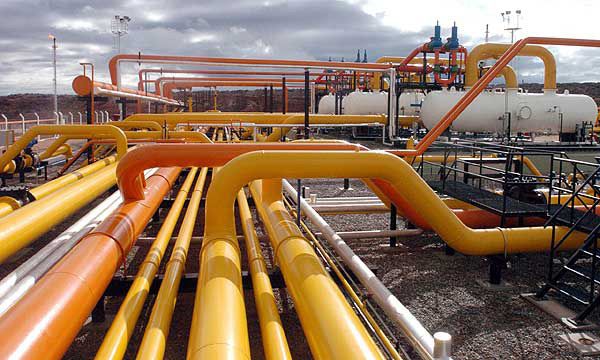AD is essential to the UK meeting its international carbon emission reduction commitments and is unique in that it reduces carbon emissions in four ways:
- Displacing fossil-fuel combustion.
If all suitable UK feedstock was used for AD, the biomethane produced could heat 6.4 million homes or fuel 97% of the UK’s HGVs. This avoids the emissions from the natural gas, diesel or petrol that would otherwise be burnt for energy. - Avoiding methane emissions from landfill.
By diverting the two million tonnes of UK food waste currently being sent to landfill to AD, the AD process avoids the methane leakage that occurs as food waste rots in landfills. Methane has a global-warming potential 21 times that of carbon dioxide, and landfills today still emit some methane. - Avoiding the emissions associated with the production of artificial fertiliser.
More than five tonnes of carbon dioxide are emitted for each tonne of nitrogen fertiliser produced, so when digestate is used in place of factory-produced fertiliser, the factory emissions are avoided. - Avoiding methane emissions from manure and slurry management and sewage sludge.
Methane produced by rotting manure and slurry is one of the hardest sources of UK and global emissions to avoid. AD can ensure this major source of agricultural emissions is avoided.


AD is already reducing UK emissions by 1% across these areas. By providing these multiple carbon reductions, AD delivers cost-effective carbon savings. In hard-to-decarbonise sectors such as agriculture, heat, waste and transport, the anaerobic digestion of wastes offers the most cost-effective decarbonisation technology. For example, the anaerobic digestion of manures can reduce emissions at a cost of £48/tonne CO2 e, under half the abatement cost of the planned Hinkley Point C nuclear plant.
